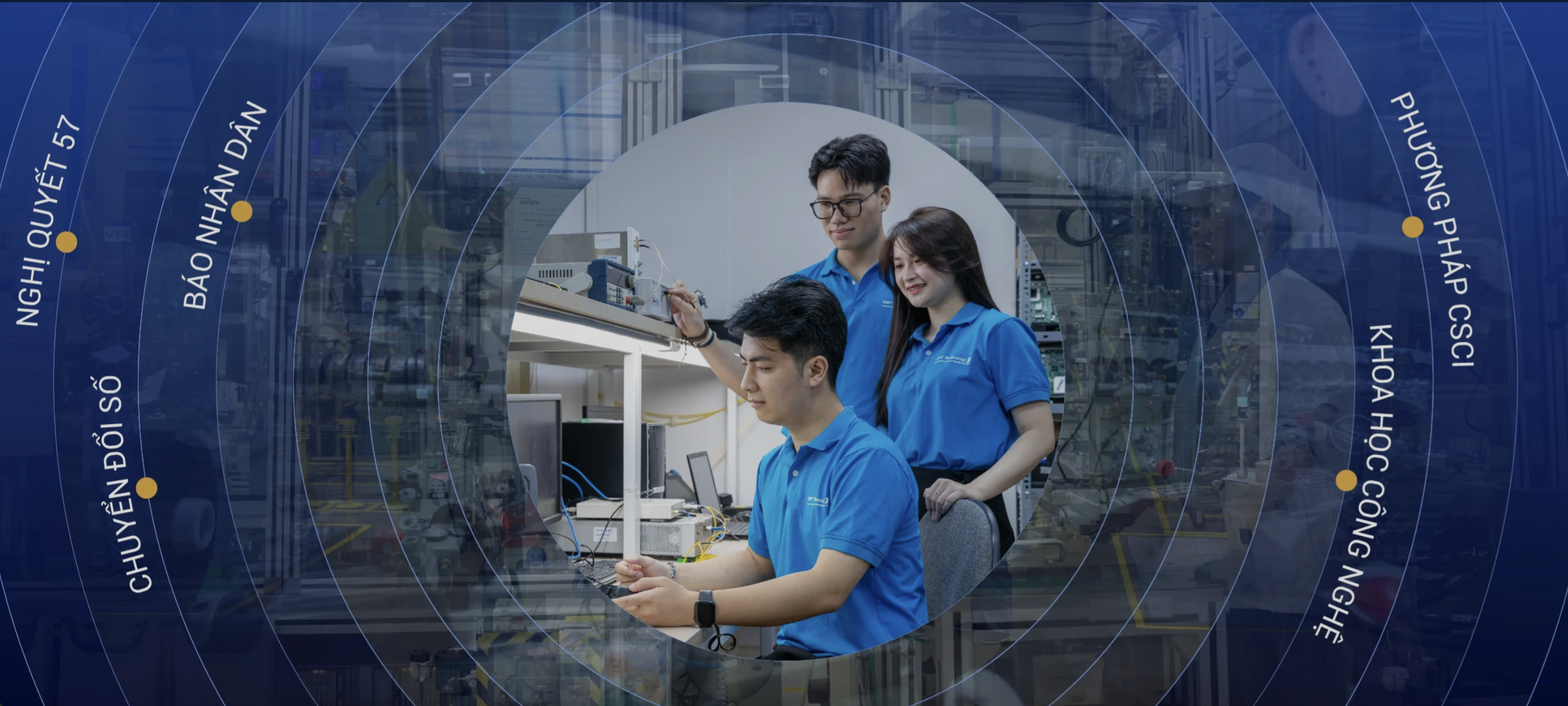
Digital Age and Resolution 57: Strategic Map for Vietnam to Reach the World
- INTRODUCTION
Over the past decade, the world has witnessed a strong digital transformation (DTS), leading to breakthrough developments in science, technology and innovation (ICT) and the achievements of the digital revolution. Achievements in Big Data technology, artificial intelligence (AI), and the Internet of Things (IoT) have not only reshaped the socio- economic structure, but also had a profound impact on public administration models and business operations. This requires each country, including Vietnam, to establish effective strategies to seize development opportunities.
As those who are directly involved in and deeply interested in the fields of technology, governance and public policy, we see Resolution No. 57-NQ/TW (December 22, 2024) (hereinafter referred to as Resolution 57) of the Politburo as an important turning point. The Resolution aims to make a breakthrough in the development of science, technology, innovation and national digital transformation, while setting specific goals for 2030 and a vision for 2045. In the spirit of the Resolution, science - technology - innovation and digital transformation are considered the "backbone" of the modernization process, contributing to the realization of the aspiration of making Vietnam a developed, high-income country.
Resolution 57 emphasizes:
- Developing science, technology, innovation and digital transformation are "top important breakthroughs", promoting labor productivity, contributing at least 55% of GDP through total factor productivity (TFP).
- By 2045, Vietnam aims to "become one of the digital technology industrial centers of the region", with digital competitiveness among the top in the world.
Digital transformation has been properly recognized in its nature, position and role as General Secretary To Lam affirmed in his speech on September 2, 2024 as "a new development method - a digital development method". Digital transformation, therefore, is not an ICT technology project, nor is it just the application of digital technology. In its role as a new development method, the digital transformation process requires a complex thinking platform along with a fundamental theoretical system to create a superstructure, suitable for new production relations and new productive forces.
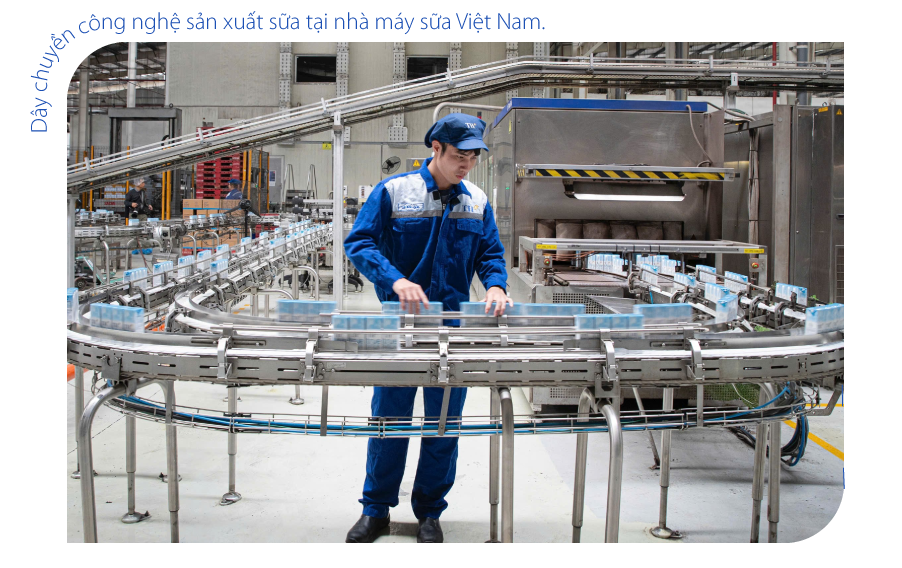
Practice has shown that for Resolution 57 to be effectively implemented, an overall architecture is needed to plan the overall implementation process, along with a synchronous coordination mechanism for implementation and a common language for effective resonance. The CSCI method (CSCI Way - Complex of Strategy, Communications and Investment Way) is a complex thinking platform that can create standardization, helping to form an overall architecture for Resolution 57 in organizing implementation in a systematic way, allowing the formation of a platform mechanism to create synchronization, at the same time, for stakeholders to act together, think together, and also allow the formation of a common language based on the data platform architecture through data to form a unified decision-making mechanism based on a "common language", creating effective resonance of projects and activities.
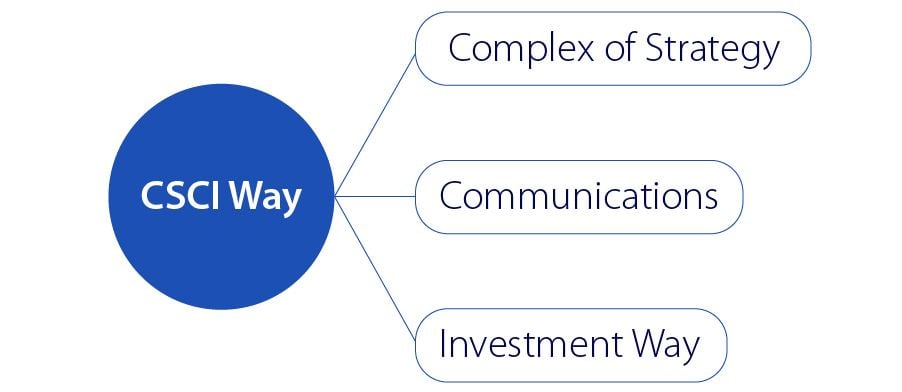
To contribute to bringing Resolution 57 into practice effectively, efficiently and quickly, we, through the CSCI Way, suggest approaches and directions for implementation in the digital transformation process of Vietnam. Based on proposals, analysis and assessments, along with integrated evidence and practical examples, readers will have a clearer view of the digital transformation process associated with innovation, as well as ways to gradually realize the vision of "a strong Vietnam" by 2045. First of all, let's review the core points of Resolution 57 - making science and technology truly the fundamental driving force for development and creating technological breakthroughs through the digital transformation process in the coming decades.
- OVERVIEW OF RESOLUTION 57-NQ/TW
Resolution No. 57-NQ/TW was issued on December 22, 2024 in the context of the world continuing to shift strongly to the digital age, in which science and technology play a fundamental and driving role, innovation becomes the driving pillar and the digital transformation process is creating breakthroughs and shaping the development of a future society. In the XIII Congress Document, the Socio-Economic Development Strategy 2021 - 2030 also clearly affirmed that science and technology, innovation and digital transformation are three important pillars for Vietnam's development.
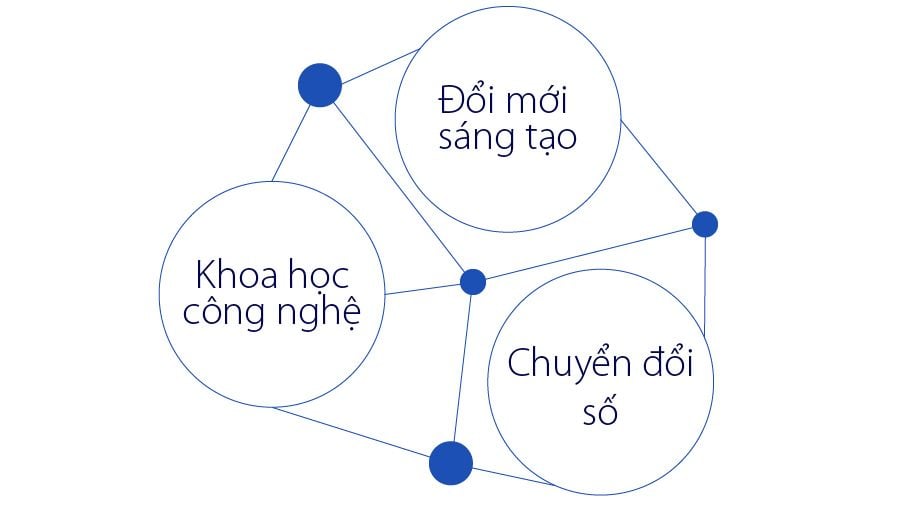
Realizing that the current period until 2030 is a period of major changes in the global political-economic order, shaping a new global order, in which the new global financial order is the center of the century-long transformation of the world in the first decades of the 21st century, and at the same time, Vietnam also has "unprecedented" opportunities to seize the opportunity to "rise" to become an upper-middle-income country by 2045, Vietnam needs to master the digital transformation process based on the development of science-technology and innovation.
To master the digital transformation process, there must be political determination for Vietnam to truly turn the digital transformation process into a new development method for itself, creating a breakthrough in the way of development, shifting the growth/development model from breadth to depth. This new development method will create breakthroughs in value to create a productivity breakthrough, the only way to overcome the middle-income trap and allow Vietnam to have the opportunity to grow over 10% in the coming years.
Through the expectations set forth by Resolution 57, we will have the basis to form a digital economy based on the transformation of traditional production relations with traditional organizational forms, into a new production relationship that combines/complexes traditional and digital, in which digital is a new reality, allowing for the expansion of space-time, while simultaneously creating new productive forces based on sharing and convergence, allowing for the effective matching of natural and social resources, forming new resources.
In essence, we can clearly see that administrative reform and institutional reform are important foundations that the public service system and the political system need to implement to transform into necessary conditions, allowing the economy to transform as sufficient conditions, contributing to creating growth breakthroughs. The digital transformation process, as a development method, is also a form of economic-political. Accordingly, politics sets the premise for economic development, in a close dialectical relationship between the two sides of the "development coin".
Administrative reform and institutional reform are important foundations to transform into necessary conditions, allowing the economy to transform as sufficient conditions.
It is also clear that, after being called a new development method, the digital transformation process has been promoted along with shaping Vietnam's "era of rising up" in the next two decades, along with a "fast-smooth-effective" streamlining revolution of the political apparatus, public service, and mass organizations, from central to local levels. These are the important political foundations for the premises of new economic development, which the new production method requires.
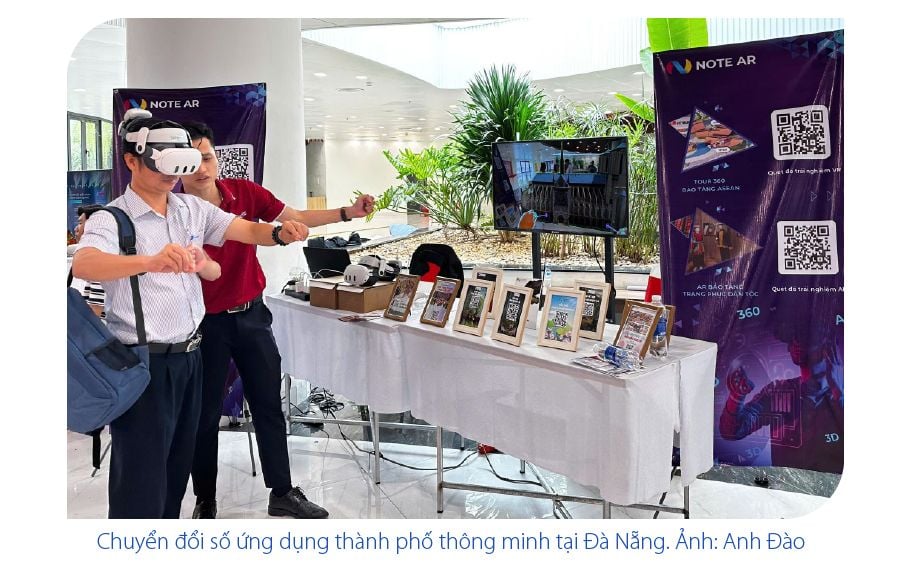
Resolution 57 sets a target that by 2030, Vietnam will be among the top three countries in Southeast Asia in terms of innovation, while the digital economy will account for at least 30% of GDP. Total factor productivity (TFP) needs to contribute over 55% to economic growth, while the science and technology system must reach advanced levels in many important areas (Ministry of Information and Communications, 2023). The Resolution's Vision 2045 is even more ambitious, aiming to turn Vietnam into a developed, high-income country, possessing global-class digital technology enterprises and acting as a regional digital technology industry hub.
To realize these goals, Resolution 57 clearly states many key actions, notably the need to perfect institutions to create an open legal environment, consistent with the "constantly changing" nature of technology (Prime Minister, 2021). Regarding infrastructure, promoting investment in new generation telecommunications networks (5G/6G), data centers and cloud computing is considered a prerequisite. Along with that, building high-quality human resources in the fields of AI, Big Data, semiconductor technology, clean energy... is a long-term task. The "open door" perspective and strengthening international cooperation are also emphasized, through calling on private enterprises and foreign technology corporations to deeply participate in R&D activities in Vietnam, combining ordering mechanisms or public-private partnerships (PPP) to optimize resources (Government Cipher Committee, 2022).
However, the implementation process is still facing many challenges. First of all, social awareness of the digital transformation and innovation process is still limited and uneven, lacking long-term thinking. On the other hand, current institutions have not kept up with the explosion of new technology models, causing many businesses to "hesitate" when testing or bringing products to market. On the other hand, the shortage of high-quality human resources, especially human resources ready to take on the role of "chief engineer" leading strategic projects, also slows down the growth rate of the digital economy (World Bank, 2023). The development of digital infrastructure is still not synchronous in many localities, leading to a gap between regions.
These urgent requirements require an interdisciplinary, multidimensional approach, where subjects from central to local, from the public sector to the private sector can “speak a common language”, share benefits and resonate effectively in the digital ecosystem. To do this, we need to transform the organizational form of organizations, communities, and societies from traditional hierarchical models to a heteroarchy model with the platform as the main architecture in a network society. Each organization, each locality, each region... becomes a system in a system and is connected to each other as systems of systems, weaving into networks of common thinking, common action, and common consequences.
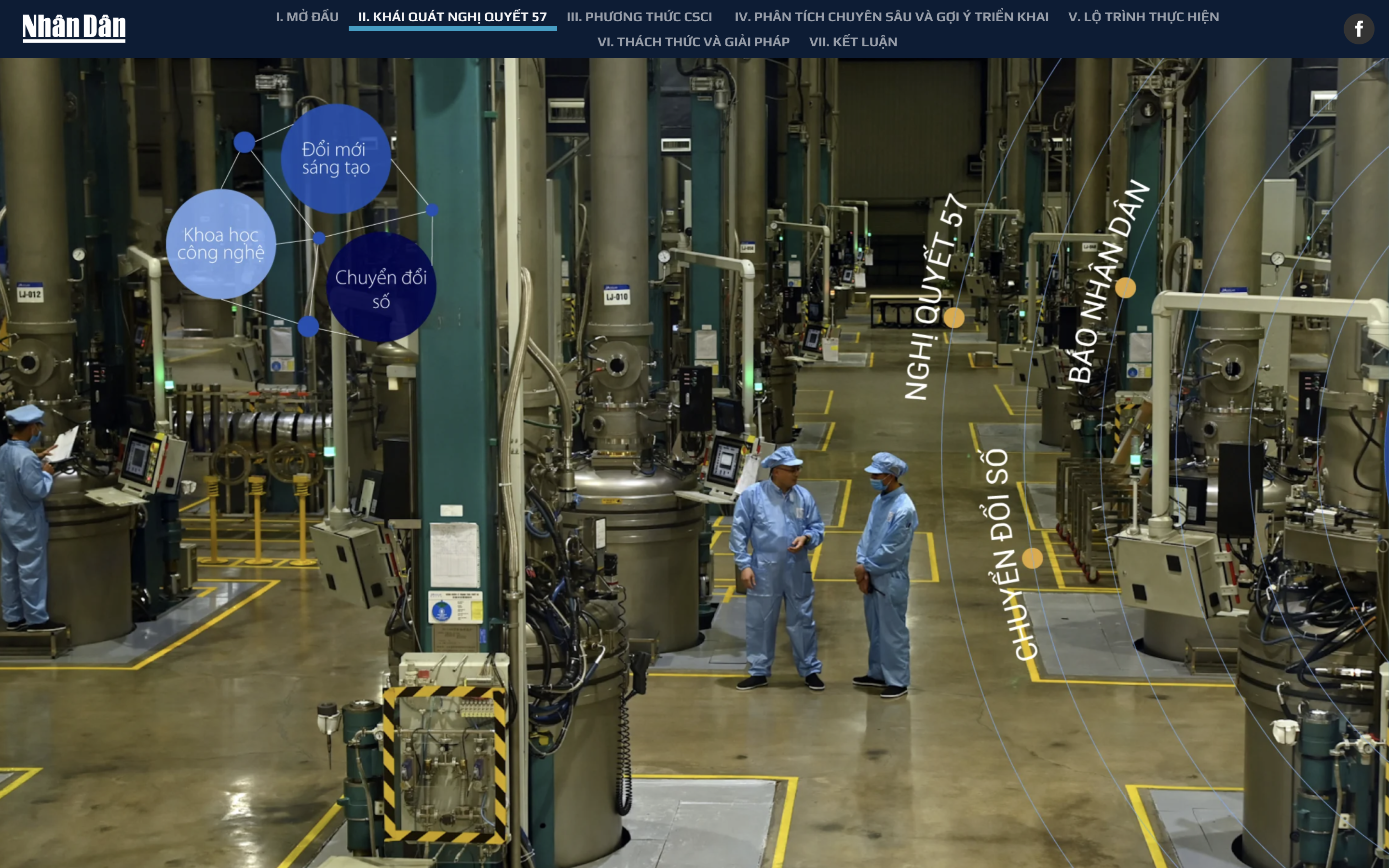
III. RESOLUTION 57 ANALYSIS BY CSCI METHOD
In his speech on January 9, 2025 in Ho Chi Minh City, General Secretary To Lam emphasized: "The risk of falling behind and the middle-income trap is always lurking if we cannot find a new path and new steps." "There are two key points to successfully implementing the Party's major policies, one is awareness and political will. Currently, the Party Central Committee has reached a consensus, the political system has been thoroughly grasped, determined to implement and has received high consensus and support from the people. The second is to consider science and technology as a breakthrough with Resolution 57." This clearly shows the significance and role of Resolution 57 in the country's development as a "breakthrough" to overcome the middle-income trap and falling behind.
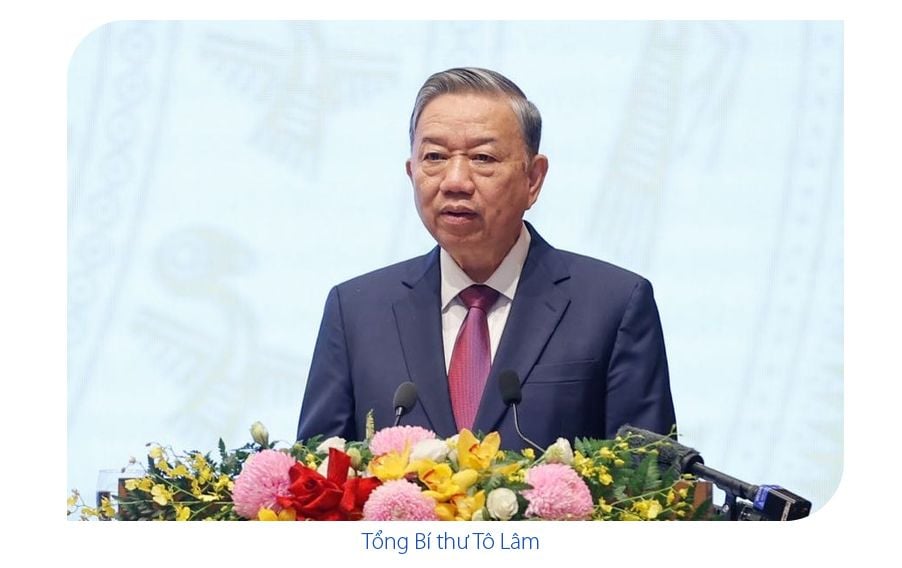
“ The risk of falling behind and the middle-income trap is always lurking if we cannot find a new path and new steps.”
General Secretary To Lam
Within the scope of this article, the CSCI Method will analyze Resolution 57 according to a roadmap of steps for implementing the Resolution with questions and instructions for answering from the content of the resolution. With this method, it will bring direct usefulness and an easier visualization of the CSCI Method approach.
Step 1: What is the most important value statement or focus or significance that Resolution 57 sets out?
According to the Resolution: “Developing science, technology, innovation and digital transformation are decisive factors for the development of countries; are the prerequisites and the best opportunities for our country to develop richly and powerfully in the new era - the era of national growth.”
Thus, it can be clearly seen that the value or focus of Resolution 57 is “development”. This development is based on three pillars: i) science and technology; ii) innovation; and iii) digital transformation process. Science and technology play a fundamental role, through the innovation process, making scientific and technological achievements valuable and useful by effectively applying them to the digital transformation process to achieve development values.
Based on the socio-economic development strategy of each industry and each locality, based on Resolution 03-NQ/CP dated January 9, 2025 on the Government's Action Program to implement Resolution No. 57, we will choose an appropriate value statement.
Step 2: What are the important pillars we must rely on when implementing Resolution 57?
Based on the Resolution, according to the CSCI Way, we can propose 6 important pillars:
+ The most important thing is to rapidly develop modern productive forces, perfect production relations, innovate national governance through science and technology; innovation; and national digital transformation.
+ The main thinking is to develop the economy and society, prevent the risk of falling behind, bring the country to breakthrough development, become rich and strong in the new era, under the leadership of the Party, mobilize the strength of the whole society, is a profound and comprehensive revolution in all fields.
+ The action orientation is to be implemented resolutely, persistently, synchronously, consistently, and long-term with breakthrough and revolutionary solutions. People and businesses are the center, the main subject, resource, and driving force; scientists are the key factor; the State plays a leading, promoting, and facilitating role in the development of science, technology, innovation, and national digital transformation. Institutions, human resources, infrastructure, data, and strategic technology are the key and core contents, in which institutions are the prerequisite, need to be perfected and go one step ahead.
+ The goal is to develop infrastructure, especially digital infrastructure and digital technology on the principle of "modernity, synchronization, security, safety, efficiency, and avoidance of waste"; enrich and maximize the potential of data, turn data into the main means of production, promote the rapid development of big databases, data industry, and data economy. Develop quickly and sustainably, gradually become autonomous in technology, especially strategic technology.
+ The main focus is to prioritize national resources for investment in science, technology development, innovation and digital transformation. Maximize Vietnam's potential and intelligence by quickly acquiring, absorbing, mastering and applying the world's advanced scientific and technological achievements; promote applied research, focus on basic research, move towards autonomy and competitiveness in technology in a number of areas where Vietnam has demand, potential and advantages.
+ With the strategic orientation of ensuring national sovereignty in cyberspace; ensuring network security, data security, and information security of organizations and individuals is a continuous and inseparable requirement in the process of developing science, technology, innovation, and national digital transformation.
These six pillars help us identify the tasks that need to be done, and from there, set goals and solutions to achieve those goals.
Based on the socio-economic development strategy of each industry and each locality, based on Resolution 03-NQ/CP dated January 9, 2025 on the Government's Action Program to implement Resolution No. 57, we will choose appropriate tasks and ways to implement them.
Step 3: How to organize and implement in a unified and synchronous manner?
Based on the Resolution, according to the CSCI Method, we will shape an organizational orientation system including 8 contents, with tasks and orientation solutions:
+ Vision orientation : Potential, level of science, technology and innovation reach advanced levels in many important fields, among the leading group in upper middle-income countries; level, capacity of technology and innovation of enterprises reach above the world average.
+ Orientation method : Science, technology, innovation and digital transformation develop steadily, contributing to making Vietnam a developed country with high income. Vietnam has a digital economy scale reaching at least 50% of GDP; is one of the digital technology industry centers of the region and the world;
+ Mechanism orientation : Raising awareness, making breakthroughs in innovative thinking, determining strong political determination, resolutely leading and directing, creating new impulses and new momentum in the whole society in developing science, technology, innovation and national digital transformation.
+ Motivational orientation : Urgently and resolutely perfect institutions; eliminate all ideas, concepts, and barriers that are hindering development; turn institutions into a competitive advantage in science and technology development, innovation, and digital transformation.
+ Position orientation : Promote digital transformation, application of science, technology, innovation in the operations of agencies in the political system; improve national governance efficiency, state management effectiveness in all fields, ensure national defense and security.
+ Process orientation : Increase investment, improve infrastructure for science, technology, innovation and national digital transformation. Develop and utilize high-quality human resources and talents to meet the requirements of science, technology, innovation and national digital transformation development.
+ Development orientation : Science, technology, innovation and digital transformation develop steadily, contributing to making Vietnam a developed, high-income country.
+ Cooperation orientation : Strengthening international cooperation in science and technology development, innovation and digital transformation.
Based on this Orientation System together with the socio-economic development strategy of each industry and each locality, based on Resolution 03-NQ/CP dated January 9, 2025 on the Government's Action Program to implement Resolution No. 57, we will choose an appropriate implementation method.
Step 4: How to specifically implement a project, an activity, or a specific goal to ensure standardization, systematicity, synchronization, and effective resonance between projects, activities, and goals?
It can be visualized specifically through a task of "Developing a plan to implement the Government's Action Program" according to Appendix II of Resolution 03-NQ/CP dated January 9, 2025 that ministries, branches and localities must carry out together. If each place thinks differently and does things differently, it will lead to difficult coordination, lack of system, lack of synchronization and effective resonance. To contribute to solving this problem, the CSCI Method offers a standard framework including 12 contents, ministries, branches and localities agree to "fill in" these 12 contents and adjust them to be compatible with each other:
+ What is implementation thinking?
+ How are resources mobilized and coordinated?
+ How is coordination between stakeholders organized?
+ How are databases and bases used?
+ How is the process and organization implemented?
+ What are the assessment, measurement and analysis frameworks?
+ What is the focus of the mission?
+ Necessary and sufficient conditions for implementation?
+ What are the motivations and benefits to be mobilized and achieved?
+ How is the communication work?
+ How should leadership work be done?
+ What principles must be followed?
Based on the socio-economic development strategy of each sector and locality, based on Resolution 03-NQ/CP dated January 9, 2025 on the Government's Action Program to implement Resolution No. 57, each ministry, sector and locality will have specific and appropriate solutions, but will easily unify and coordinate with each other.
This is a demonstration of the CSCI Method for a specific case, helping readers visualize the meaning, role and value of this Method in forming a systematic, complex and comprehensive way of thinking.
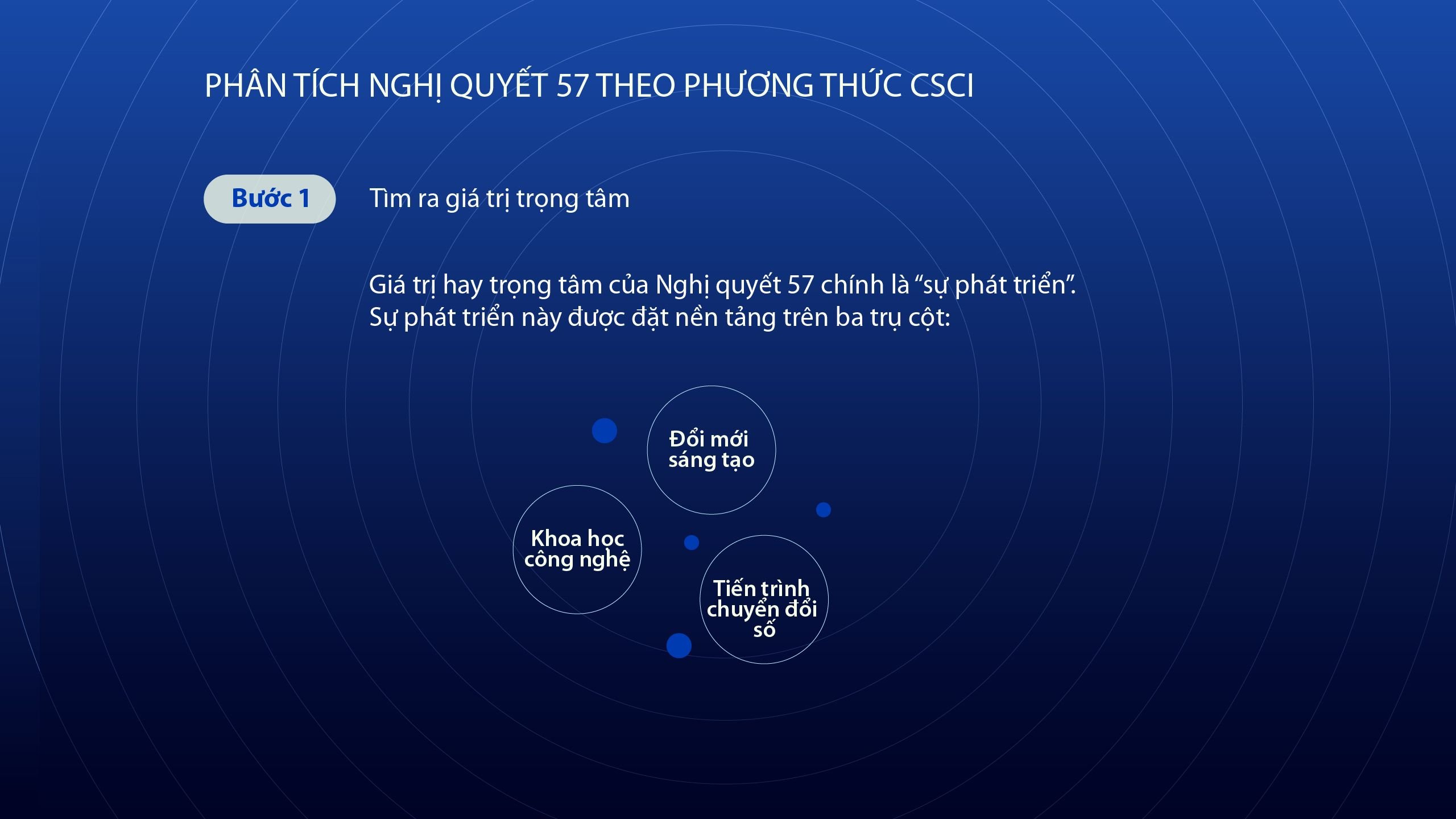
- IN-DEPTH ANALYSIS AND IMPLEMENTATION SUGGESTIONS
- Select strategies & priority spearheads (AI, Big Data, semiconductors…)
Resolution 57-NQ/TW clearly defines the mastery of a number of strategic technologies, especially AI, Big Data, semiconductor technology, clean energy, etc., to narrow the gap with developed countries. The goal is that by 2030, Vietnam will be in the top 3 in Southeast Asia in AI research and development, and at the same time have the potential to export high-tech products. From the perspective of the CSCI Method, identifying technological spearheads should be based on a "common language" between state management agencies, businesses and society. Specifically, management agencies need to prioritize building a legal corridor, creating an environment for businesses to experiment (sandbox). Businesses, especially technology companies and startups, need to clearly identify competitive advantages and focus resources on the most potential areas. On the social side, raise awareness to "accept controlled risks," and be ready to accompany the process of experimentation and innovation. This unity will help optimize resources, avoid duplication or dispersion, and contribute to thoroughly implementing the "strategic tasks" stated in Resolution 57.
- Building digital infrastructure according to “platform” logic
Digital infrastructure is one of the important highlights mentioned in Resolution 57, with the requirement to accelerate the deployment of 5G network nationwide, build data centers that meet international standards and develop infrastructure for cloud computing (World Bank, 2023). According to CSCI Way, digital infrastructure needs to be designed according to a concentric “platform” model, in which there is a “root kernel” – usually a core database and a centralized management system – as the foundation for all applications, services and extension modules. When an organization (or country) owns a unified data “core”, multi-layer connectivity will be smoother and more sustainable, ensuring the ability to adapt to fluctuations.
We have observed a typical example in Singapore, where the government built digital infrastructure according to the “GovTech Stack” model, in which identity data, health data, and traffic data are connected through core applications (GovTech Singapore, 2022). Citizens and businesses only need to access a unified service portal to complete many procedures and transactions. This is an illustration of the “platform” logic that Resolution 57 wants to promote, combined with the spirit of unity of CSCI, helping the digital transformation process not be fragmented or disjointed.
- Human resources and institutions in line with the “CSCI thinking platform”
Digital transformation poses an urgent need for human resources capable of rapid and continuous learning, from technical skills (AI, programming, data analysis, etc.) to strategic management thinking. Resolution 57 emphasizes the need to develop a team of “chief engineers” and special treatment policies to attract overseas Vietnamese.
Trên phương diện CSCI, quá trình đào tạo nhân lực không tách rời khỏi việc kiến tạo một môi trường “học tập tiến hóa” (evolutionary learning). Tổ chức cần xây dựng mô hình “learning organization,” nơi nhân viên chủ động trau dồi và chia sẻ tri thức, được khuyến khích đổi mới mà không sợ sai (Senge, 1990). Điều này đi đôi với cơ chế sandbox, giúp những sáng kiến mới có không gian thử nghiệm, rút kinh nghiệm và điều chỉnh kịp thời. Về chính sách chung, chúng tôi cho rằng hài hòa giữa quản lý chặt chẽ và khuyến khích sáng tạo là chìa khóa thành công. Tức là, song song với việc ban hành hành lang pháp lý, Việt Nam cần tiếp tục nới rộng các kênh liên kết công – tư, đẩy mạnh R&D và khởi nghiệp sáng tạo.

- Triển khai chuyển đổi số trong nội bộ tổ chức (6 chiều kích)
CSCI Way nhìn nhận mọi tổ chức đều có sáu chiều kích cốt lõi, tùy thuộc vào lĩnh vực mà cách phân bổ có thể khác nhau. Thông thường, đó là mô hình quản trị, quy trình nội bộ, văn hóa tổ chức, tài chính – đầu tư, dữ liệu – công nghệ và phát triển con người. Với cách tiếp cận này, chuyển đổi số trở thành quá trình đồng bộ: thay vì chỉ triển khai công nghệ ở một bộ phận, tổ chức phải đánh giá tác động đa chiều và tạo sự nhất quán về tư duy (Nguyễn và cộng sự, 2023).
- Vai trò của doanh nghiệp, khu vực tư nhân và hệ sinh thái đầu tư
Nghị quyết 57 coi doanh nghiệp là chủ thể trọng yếu trong hành trình chuyển đổi số. Các doanh nghiệp công nghệ lớn như FPT, VNG hay các startup tiềm năng đều đóng vai trò “đầu tàu,” giúp lan tỏa văn hóa đổi mới và chuyển giao công nghệ (World Bank, 2023). Ở tầm vĩ mô, khu vực tư nhân tham gia đầu tư phát triển hạ tầng, mở rộng thị trường cho các giải pháp số và gắn kết với chuỗi giá trị toàn cầu.
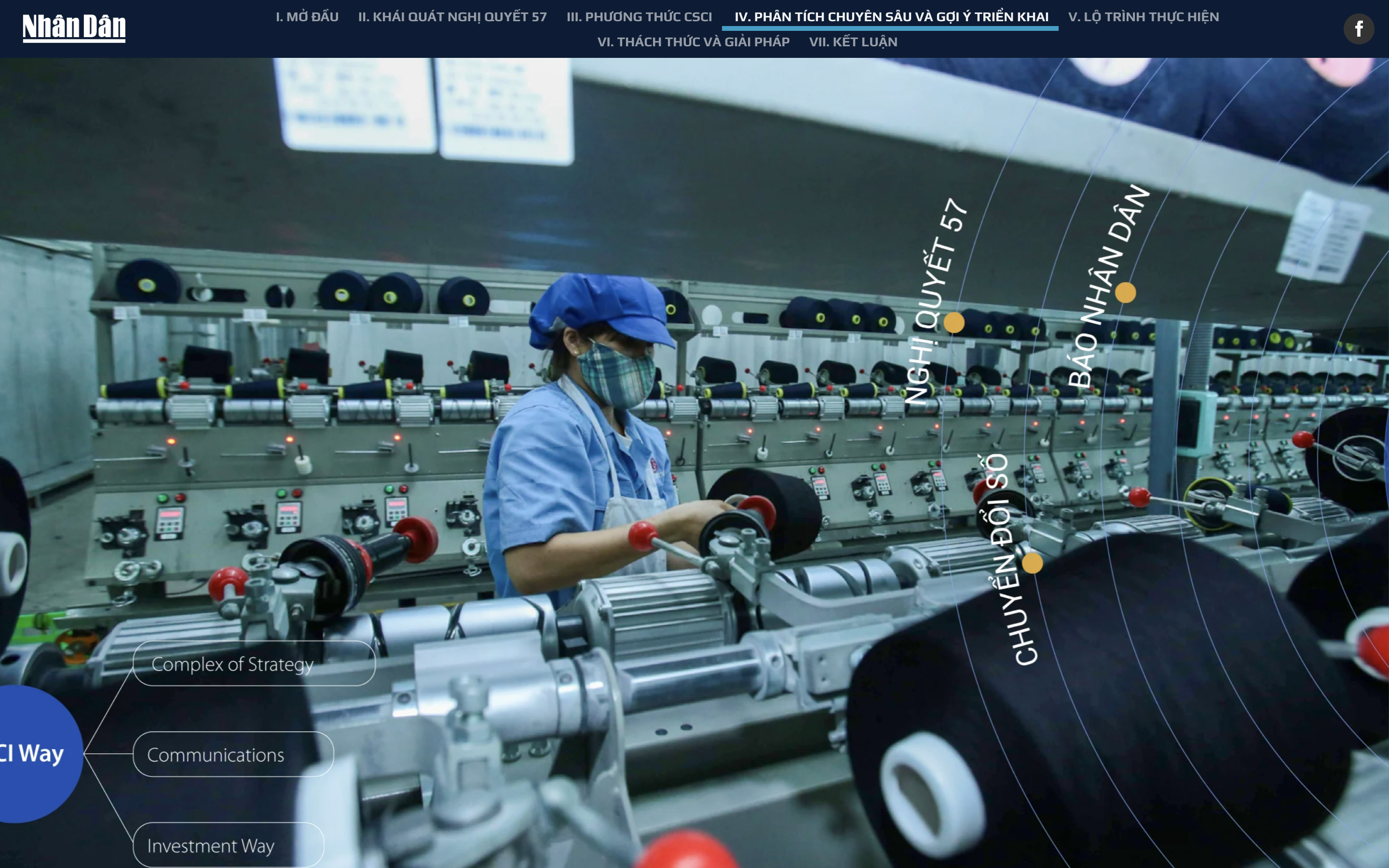

Với tinh thần CSCI Way, việc áp dụng phương thức này vào các dự án chuyển đổi số của cơ quan nhà nước lẫn doanh nghiệp lớn sẽ giúp nhất quán hóa tư duy và mô hình vận hành. “Ngôn ngữ chung” về định hướng đầu tư, truyền thông nội bộ và chiến lược tăng trưởng bền vững sẽ khuyến khích từng bộ phận phối hợp nhịp nhàng, không còn những “vùng xám” mâu thuẫn mục tiêu. Đây cũng là giai đoạn Việt Nam cần đẩy mạnh phát triển hạ tầng số, mở rộng thử nghiệm 5G, tiến tới 6G, và củng cố khả năng bảo mật, an toàn dữ liệu.
Trên cơ sở đó, những mảng công nghệ then chốt mà Nghị quyết 57 đề cập, như AI hay Big Data, có cơ hội “cắm rễ” trong hoạt động sản xuất, kinh doanh. Mô hình “platform đồng tâm” theo CSCI Way sẽ là chìa khóa để kết nối, chia sẻ hạ tầng và dữ liệu giữa các bên tham gia, đồng thời tạo tiền đề cho làn sóng cải tiến kỹ thuật và đổi mới sáng tạo sắp diễn ra sau năm 2030.
2. Giai đoạn 2030 – 2045 Sau khi đã tích lũy kinh nghiệm và tối ưu hạ tầng, Việt Nam bước vào thời kỳ bứt phá bằng việc tự chủ công nghệ cốt lõi, thậm chí hướng đến “xuất khẩu” các giải pháp số ra thị trường quốc tế. Nếu giai đoạn 2025 – 2030 ưu tiên tạo hành lang pháp lý, xây dựng năng lực nền tảng và cơ chế thử nghiệm, thì giai đoạn 2030 – 2045 là thời điểm để từng doanh nghiệp, từng cơ quan nhà nước khai thác triệt để “vốn dữ liệu” (data-capital) mà họ tích lũy được.

Cùng với đó, chúng tôi kỳ vọng một nền “xã hội số” mang tính “tiến hóa” theo đúng tinh thần CSCI Way sẽ hình thành. Trong “xã hội số” này, các tổ chức không ngừng trao đổi tri thức và nâng cao năng lực học tập liên tục, người dân cũng được tiếp cận nhanh hơn với dịch vụ công trực tuyến, giáo dục số và y tế thông minh. Việc thiết lập quan hệ hợp tác quốc tế sâu rộng, đặc biệt trong lĩnh vực AI, điện toán đám mây, sinh học và bán dẫn, sẽ củng cố vị thế của Việt Nam như một trung tâm công nghệ mang tầm cỡ khu vực.
Đến năm 2045, mục tiêu trở thành nước phát triển, thu nhập cao theo Nghị quyết 57 có cơ hội trở thành hiện thực nếu Việt Nam duy trì tốt “tốc độ số hóa” và tiếp tục nâng tầm đội ngũ nhân sự tinh hoa. Lúc này, thành quả của giai đoạn trước sẽ được kế thừa, nâng cấp, hướng đến việc làm chủ chuỗi giá trị quốc tế. Dưới lăng kính CSCI, một “hạt nhân gốc” về tư duy và cơ chế học tập tiến hóa sẽ giúp quốc gia đối phó với những biến động khó lường của kinh tế toàn cầu, nắm bắt xu hướng công nghệ mới, đồng thời tăng trưởng một cách bền vững và giàu bản sắc.
VI. THÁCH THỨC VÀ GIẢI PHÁP- Thách thức Chuyển đổi số và đổi mới sáng tạo theo tinh thần Nghị quyết 57 không chỉ đòi hỏi nỗ lực đầu tư công nghệ mà còn gặp phải nhiều rào cản. Trước hết, khoảng cách về nhận thức vẫn còn khá lớn giữa các cơ quan, tổ chức, địa phương, dẫn đến sự chênh lệch trong việc triển khai chính sách và ưu tiên nguồn lực (World Bank, 2023). Hạ tầng số, dù đã có bước tiến, nhưng chưa đồng đều trên cả nước; nhiều khu vực vẫn thiếu kết nối băng thông rộng, khiến việc áp dụng AI, IoT hay Big Data gặp trở ngại.
Việc quản trị tổ chức theo mô hình “nền tảng” (platform) – với dữ liệu và quy trình đồng tâm – cũng còn khá mới ở Việt Nam. Nhiều đơn vị vẫn quen với mô hình vận hành truyền thống, sợ “xáo trộn” và chưa sẵn sàng phối hợp liên ngành (Nguyễn và cộng sự, 2023). Bên cạnh đó, rủi ro về an ninh mạng và bảo vệ dữ liệu cá nhân ngày càng lớn khi giao dịch số và ứng dụng công nghệ trở nên phổ biến. Nếu không có khung pháp lý và cơ chế quản trị dữ liệu rõ ràng, nguy cơ lộ, lọt thông tin quan trọng có thể ảnh hưởng tiêu cực tới niềm tin của người dùng lẫn uy tín quốc gia (GovTech Singapore, 2022).
- Giải pháp theo CSCI Way Để giải quyết những thách thức trên, Phương thức CSCI (CSCI Way) đề xuất trước hết cần thiết lập “ngôn ngữ chung” trong tư duy và hành động. Các cơ quan, doanh nghiệp, tổ chức xã hội cần thống nhất mục tiêu, phân tách rõ quyền lợi, trách nhiệm ngay từ đầu dự án. Qua đó, xung đột tư duy giữa các bộ phận quản lý, kỹ thuật và kinh doanh sẽ được giảm thiểu, mọi người có cùng “hạt nhân gốc” để đồng hành (Senge, 1990).
Tiếp đó, phát triển một cơ chế “học tập tiến hóa” (evolutionary learning) theo nguyên tắc: liên tục chia sẻ và cập nhật tri thức, tổ chức hội thảo chuyên đề, diễn đàn trao đổi giữa các ngành. Đây là cách để những sai lầm được rút kinh nghiệm sớm, tránh dẫm lên “vết xe đổ” của nhau, đồng thời thúc đẩy sự sáng tạo mang tính liên ngành (Nguyễn và cộng sự, 2023).
Trong quá trình chuyển đổi số, cơ chế sandbox và đầu tư mạo hiểm (venture capital) đóng vai trò như “phòng thí nghiệm” cho đổi mới. Việc cho phép thí điểm công nghệ hoặc mô hình kinh doanh mới, với sự giám sát của Nhà nước, giúp giảm bớt sự e dè của doanh nghiệp và thúc đẩy tinh thần khởi nghiệp. Để hiện thực hóa điều này, hạ tầng số cần được xây dựng theo hướng linh hoạt, có thể “biến hình” và nâng cấp liên tục để đón đầu xu thế công nghệ, cũng như thích ứng với nhu cầu thực tiễn đang thay đổi từng ngày.
Tất cả những giải pháp nói trên, một mặt bám sát Nghị quyết 57 về nâng cấp hạ tầng và thể chế, mặt khác nhấn mạnh tinh thần CSCI Way: thiết lập bản vị chung (common core), tạo môi trường học tập phát triển không ngừng và khuyến khích mạnh mẽ hành vi thử nghiệm – cải tiến. Kết quả kỳ vọng là một hệ sinh thái đổi mới sáng tạo lành mạnh, nơi Nhà nước, doanh nghiệp và xã hội đồng hành, chia sẻ giá trị, hướng đến mục tiêu chung: đưa Việt Nam bứt phá trong kỷ nguyên số và vươn tới vị thế quốc gia phát triển, thu nhập cao.
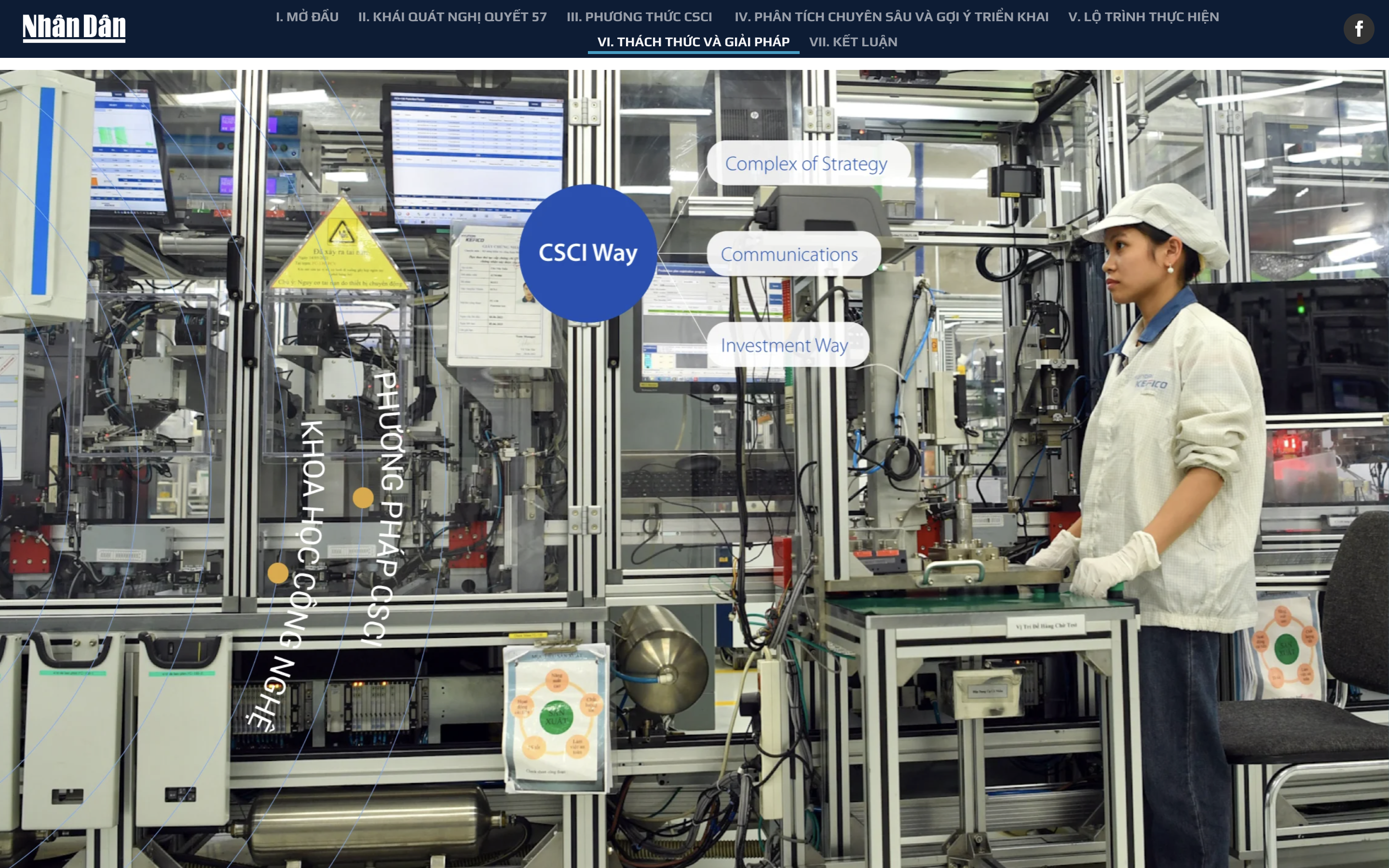
Từ góc nhìn của chúng tôi, Nghị quyết 57 là “kim chỉ nam” quan trọng, tạo động lực để các ngành, các cấp thúc đẩy nhanh hơn quá trình số hóa, nâng cao năng lực cạnh tranh và củng cố an ninh – an toàn dữ liệu.
Phương thức CSCI xuất hiện như một “nền tảng tư duy” bổ sung, giúp hiện thực hóa mục tiêu Nghị quyết 57.
VII. CONCLUSION
Nghị quyết 57-NQ/TW đặt ra một lộ trình rõ ràng cho mục tiêu đưa Việt Nam trở thành nước phát triển, thu nhập cao, trong bối cảnh khoa học, công nghệ, đổi mới sáng tạo và chuyển đổi số đang định hình lại diện mạo kinh tế - xã hội trên phạm vi toàn cầu. Từ góc nhìn của chúng tôi, đây là “kim chỉ nam” quan trọng, tạo động lực để các ngành, các cấp thúc đẩy nhanh hơn quá trình số hóa, nâng cao năng lực cạnh tranh và củng cố an ninh – an toàn dữ liệu. Đi kèm với đó, Phương thức CSCI (CSCI Way) xuất hiện như một “nền tảng tư duy” bổ sung, giúp hiện thực hóa mục tiêu Nghị quyết 57 trong các tổ chức và doanh nghiệp một cách hệ thống và linh hoạt.
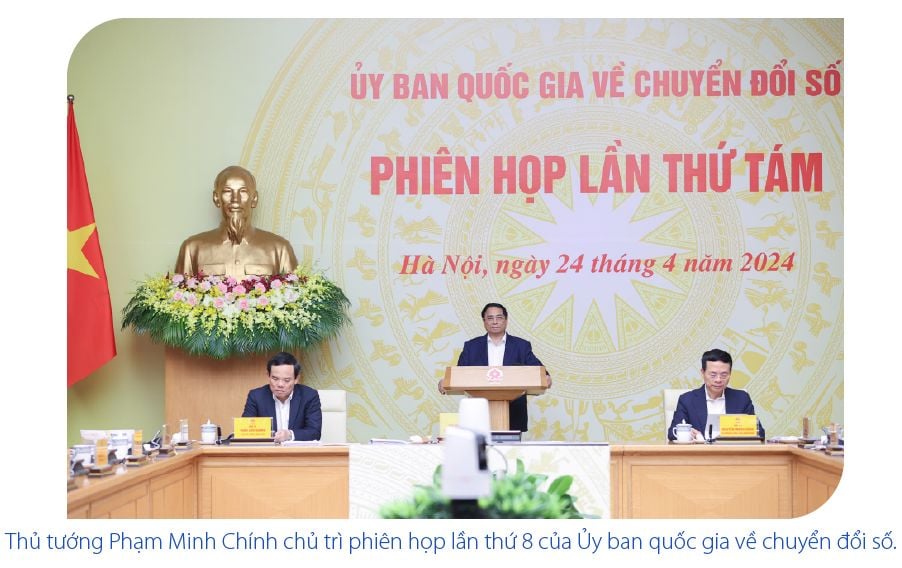
Nhìn tổng thể, khi CSCI được lồng ghép vào thực tiễn, mọi chủ thể liên quan có thể hình thành “ngôn ngữ chung,” tránh xung đột giữa các bộ phận. Cơ chế “tiến hóa” liên tục cũng thúc đẩy quá trình học tập, đổi mới, bảo đảm tính bền vững lâu dài. Thay vì chỉ tập trung vào khía cạnh công nghệ, CSCI Way khuyến khích mọi người chú trọng thay đổi về mặt cấu trúc quản trị, quy trình nội bộ, xây dựng văn hóa sẵn sàng đương đầu và học hỏi từ thách thức.
Chúng tôi tin rằng để đạt tới đích năm 2045 – trở thành quốc gia phát triển, thu nhập cao – Việt Nam cần sự đồng hành của toàn hệ thống chính trị, doanh nghiệp và người dân. Tầm quan trọng của tư duy nền tảng và cơ chế học hỏi liên tục không nên bị coi nhẹ. Việc lựa chọn mũi nhọn công nghệ một cách có chiến lược, kết hợp với đẩy nhanh chuyển đổi số theo phương thức đồng tâm, chính là điều kiện cần để đạt hiệu quả cao trong thực tiễn.
Chúng tôi cũng muốn nhấn mạnh rằng, chỉ khi tinh thần Nghị quyết 57 được hiện thực hóa thông qua lăng kính CSCI, Việt Nam mới có thể “bứt phá” trên bản đồ công nghệ toàn cầu. Đây không phải nhiệm vụ của riêng Chính phủ, mà đòi hỏi sự chung tay của doanh nghiệp, giới nghiên cứu, và toàn xã hội. Nghị quyết 57 khơi mở cơ hội, còn CSCI Way trao cho chúng ta phương pháp để biến cơ hội thành hiện thực. Cánh cửa vươn tới tương lai đang rộng mở, và nếu biết cách cùng nhau tiến bước, Việt Nam hoàn toàn có thể viết nên kỳ tích mới trong kỷ nguyên số.
Ngày xuất bản: 13/1/2024 Nội dung: Đào Trung Thành, Phó viện trưởng Viện công nghệ Blockchain và Trí tuệ nhân tạo ABAII và Lê Nguyễn Trường Giang, Viện trưởng Viện Chiến lược chuyển đổi số DTSI Trình bày: Thi Uyên Ảnh: Duy Linh, Sơn Tùng, VGP
Nhandan.vn


![[Photo] National Assembly Chairman Tran Thanh Man receives foreign ambassadors who came to say goodbye](https://vphoto.vietnam.vn/thumb/1200x675/vietnam/resource/IMAGE/2025/10/30/1761820977744_ndo_br_1-jpg.webp)
![[Photo] General Secretary To Lam meets former British Prime Minister Tony Blair](https://vphoto.vietnam.vn/thumb/1200x675/vietnam/resource/IMAGE/2025/10/30/1761821573624_tbt-tl1-jpg.webp)
![[Photo] General Secretary To Lam attends the Vietnam-UK High-Level Economic Conference](https://vphoto.vietnam.vn/thumb/1200x675/vietnam/resource/IMAGE/2025/10/30/1761825773922_anh-1-3371-jpg.webp)
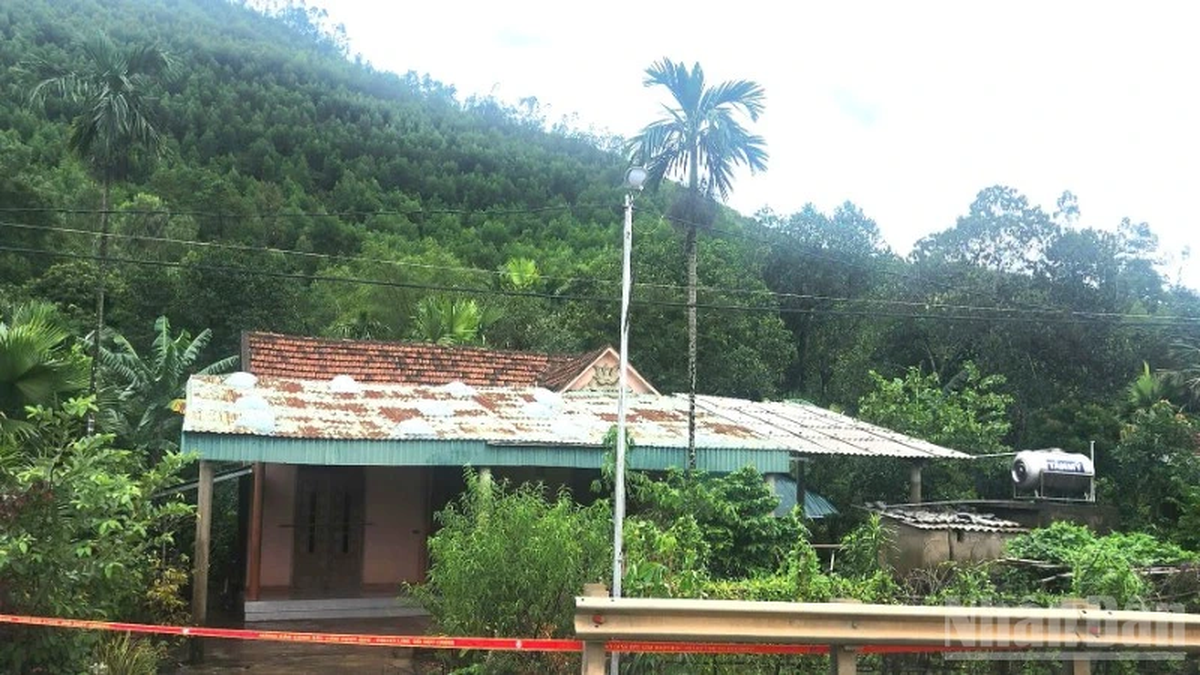
![[Photo] The Third Patriotic Emulation Congress of the Central Internal Affairs Commission](https://vphoto.vietnam.vn/thumb/1200x675/vietnam/resource/IMAGE/2025/10/30/1761831176178_dh-thi-dua-yeu-nuoc-5076-2710-jpg.webp)
![[Photo] Touching scene of thousands of people saving the embankment from the raging water](https://vphoto.vietnam.vn/thumb/1200x675/vietnam/resource/IMAGE/2025/10/30/1761825173837_ndo_br_ho-de-3-jpg.webp)
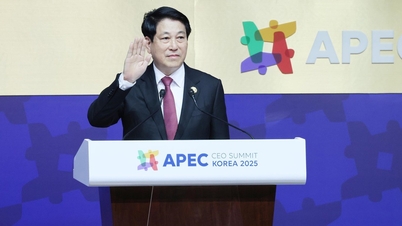

















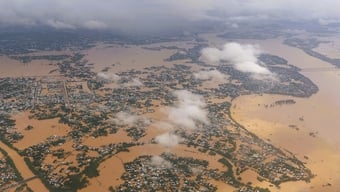
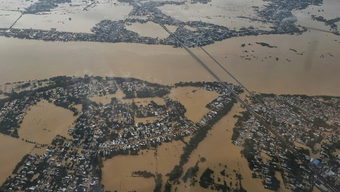
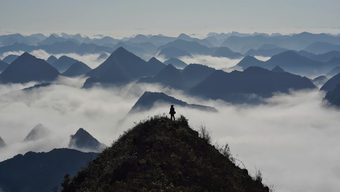

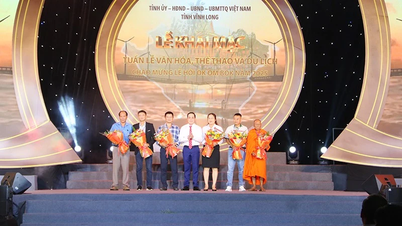
















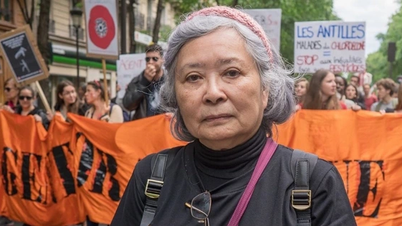

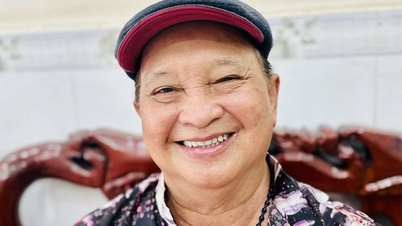



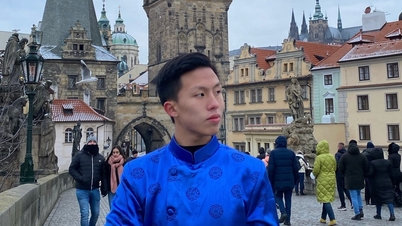


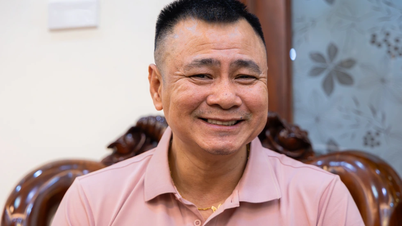

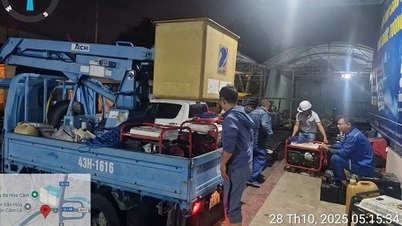

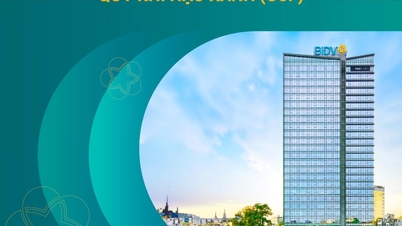




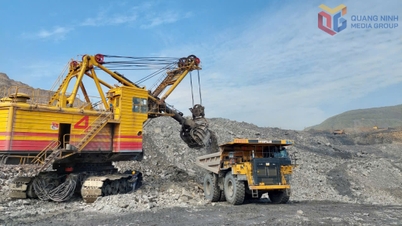

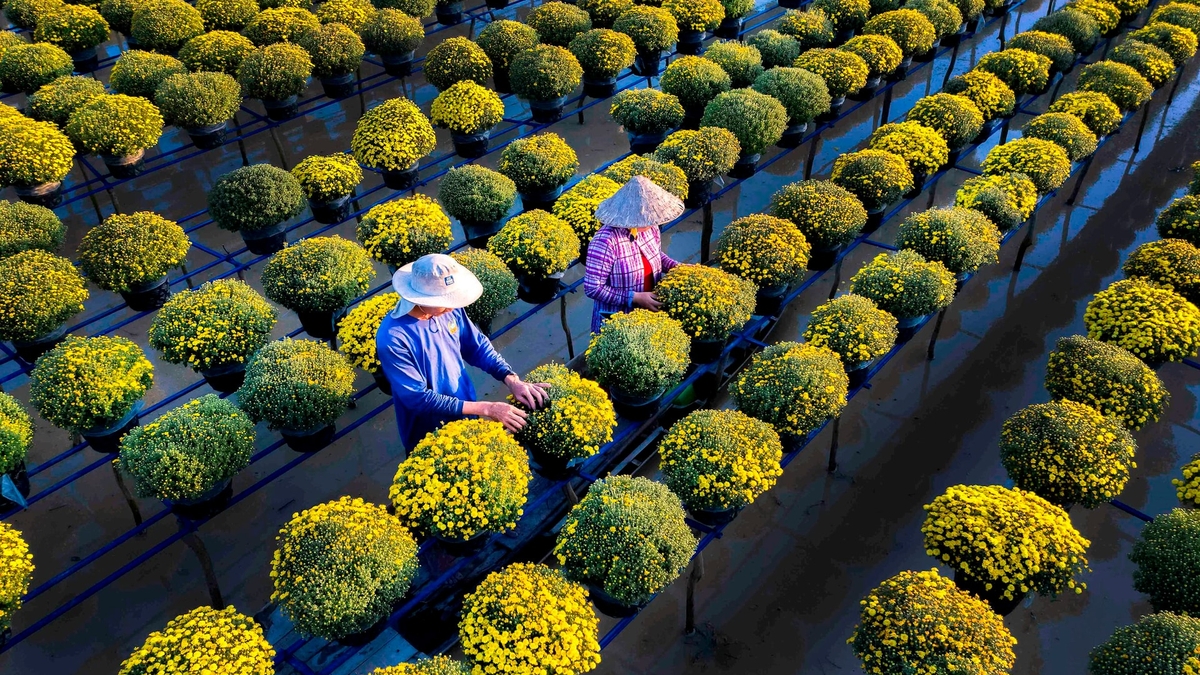


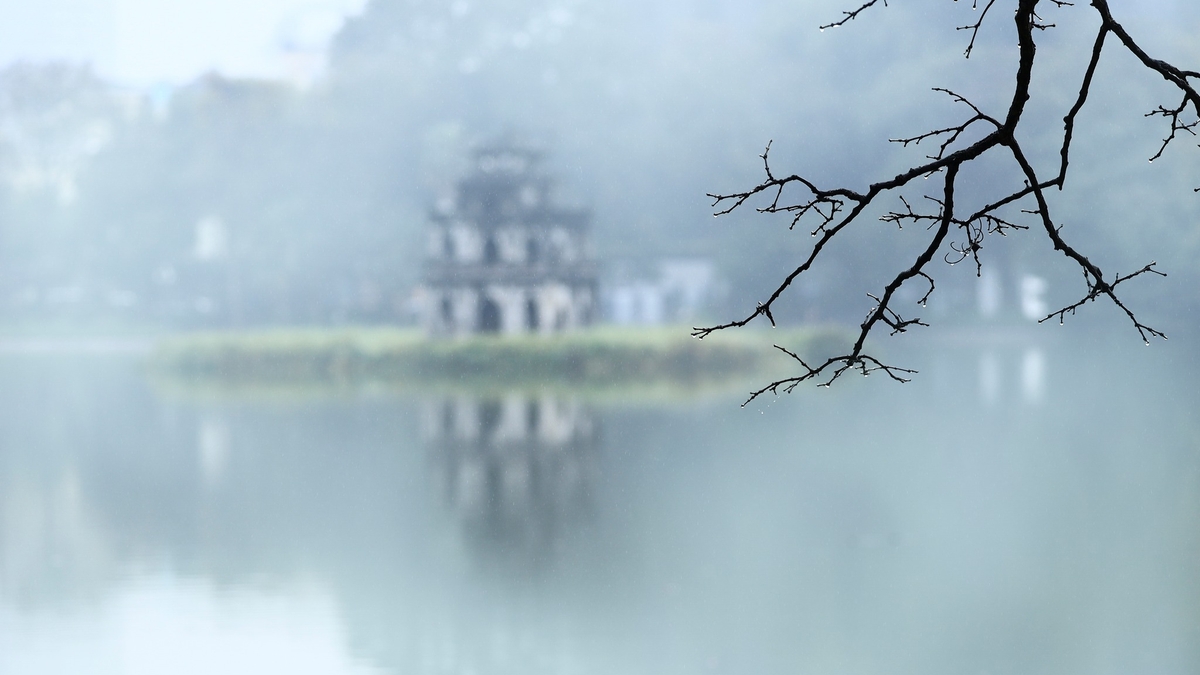
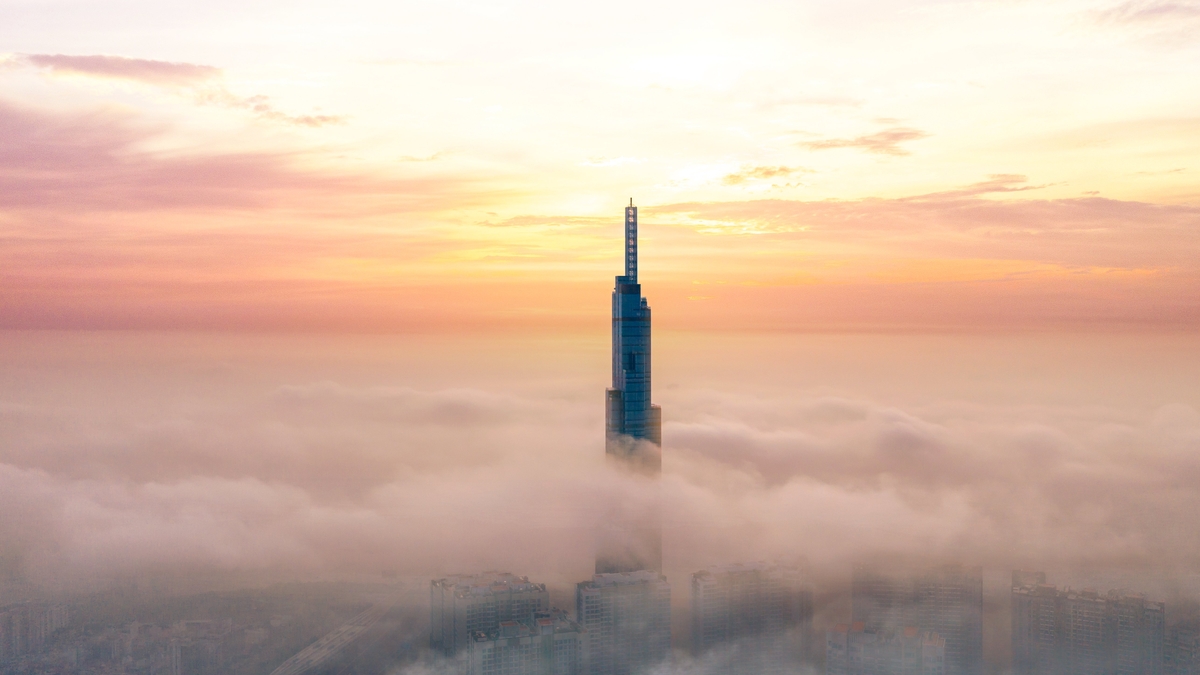
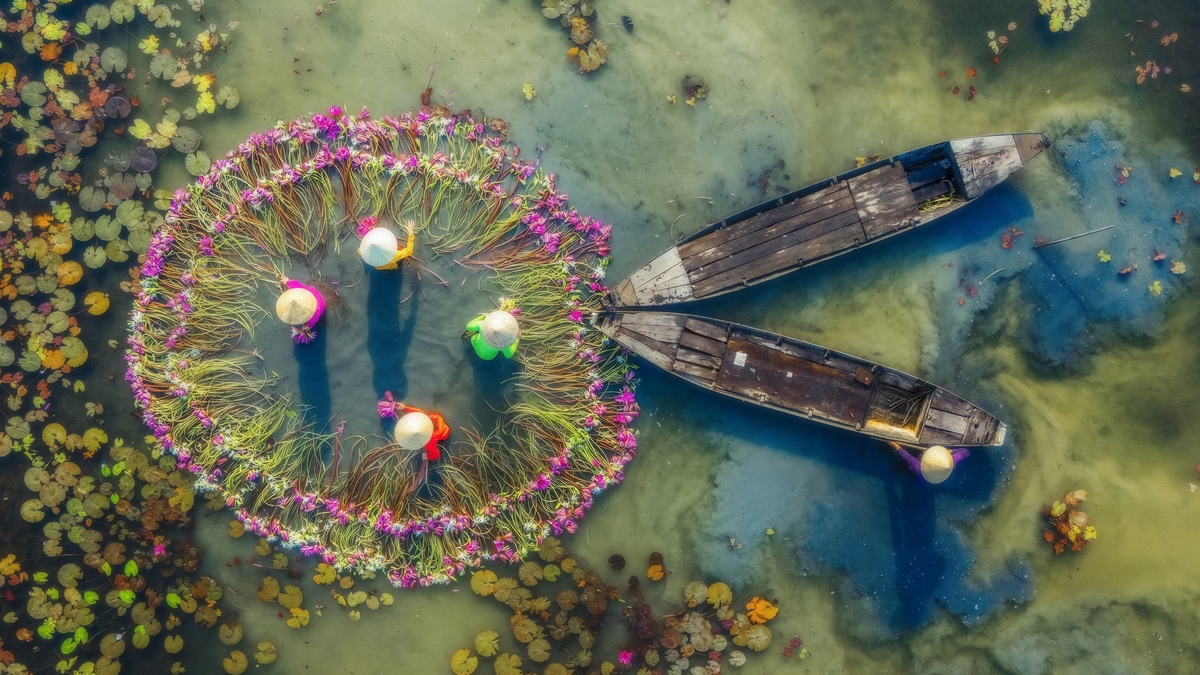



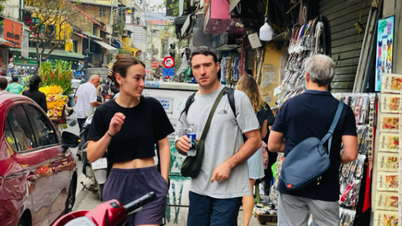
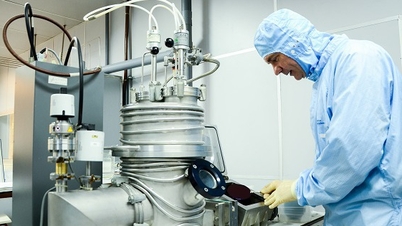






























Comment (0)